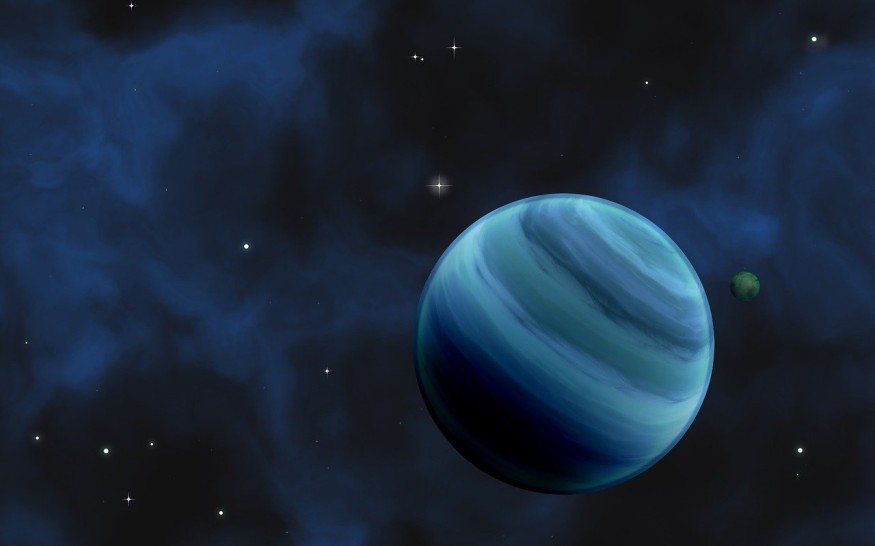Astronomers have identified two 'mini-Neptune' exoplanets that look like they are transforming into 'super-Earths' because radiation from nearby stars is stripping away their puffy atmospheres like hot steam escaping from boiling water.
Science Daily reported that the so-called mini-Neptune exoplanets are 103 light-years away from Earth, with large, rocky cores blanketed by a thick atmosphere similar to the eighth planet in the Solar System. It is the first time that astronomers have caught mini-Neptune exoplanets losing their atmospheres.

Mini-Neptune Exoplanets Transforming Into Super-Earths
Most of the exoplanets that orbit sun-like stars that astronomers discovered since the 1990s were either the size between super-Earths or mini-Neptunes. Both types are not found in the Solar System. Super-Earths are 1.6 to 1.75 times larger than Earth, while mini-Neptunes are two to four times larger than Earth. To date, only a few exoplanets with sizes between these two have been detected.
A news release from the California Institute of Technology (Caltech) reported that one possible reason for this planetary gap is that mini-Neptune exoplanets are transforming into super-Earths. These exoplanets have atmospheres consisting of hydrogen and helium but orbiting close to its star could cause solar radiation to strip away its primordial atmosphere.
Scientists theorize that when mini-Neptunes lose their atmospheres, they will become a rocky super-Earth that is smaller and could retain a relatively thin atmosphere like the one surrounding Earth.
On the other hand, another scenario that could explain the planetary gap is that a small and rocky planet might have never acquired thick atmospheres in the first place and mini-Neptunes could be water worlds instead of a world enveloped in hydrogen gas. The discovery of the two mini-Neptune exoplanets with escaping atmosphere is the first evidence that supports the first theory.
ALSO READ: Zodiacal Light Spotted in 3 Potentially Habitable Exoplanets Classified as Super-Earths
Looking for Evidence that Atmospheres of the Mini-Neptunes Are Escaping
In a similar report, Scitech Daily said that astronomers used NASA's Hubble Space Telescope to look at the two mini-Neptune exoplanets orbiting the HD 63433 star located 73 light-years away. They also used the W.M. Keck Observatory in Hawaii to study one of the two mini-Neptunes known as TOI 560.01, 103 light-years away from Earth.
To detect the escaping atmosphere, they watch the planet pass in front or cross in transit of its host star from their point of view on Earth. Researchers detected signatures of helium in the planet, while they also found signatures of hydrogen in the star system's outermost planet called HD 63433c but not in the inner planets.
Study lead author Michael Zhang explained that this could be direct evidence that the inner planets may have already lost their atmosphere. They noticed that the helium around TOI 560.01 is moving rapidly at 12 miles per second (20 kilometers per second), while the hydrogen in HD 63433c is moving as fast as 31 miles per second (50 kilometers per second).
Their observations reveal that the gas lost from TOI 560.01 flowed towards the host star. The full findings are published in two separate papers in The Astronomical Journal:
- Escaping Helium from TOI 560.01, a Young Mini-Neptune
- Detection of Ongoing Mass Loss from HD 63433c, a Young Mini-Neptune
RELATED ARTICLE: James Webb Space Telescope Mission: Find 'Super Earth' Exoplanets, Hot Rocky Planets That May Host Life
Check out more news and information on Exoplanets in Science Times.
© 2025 ScienceTimes.com All rights reserved. Do not reproduce without permission. The window to the world of Science Times.











